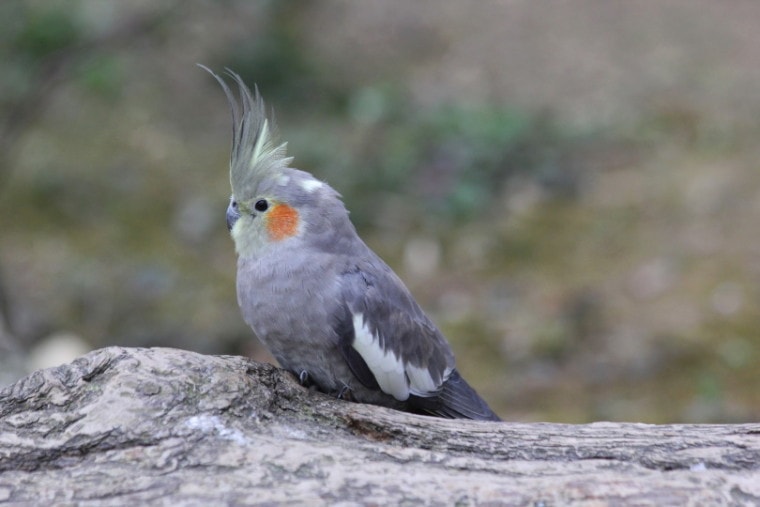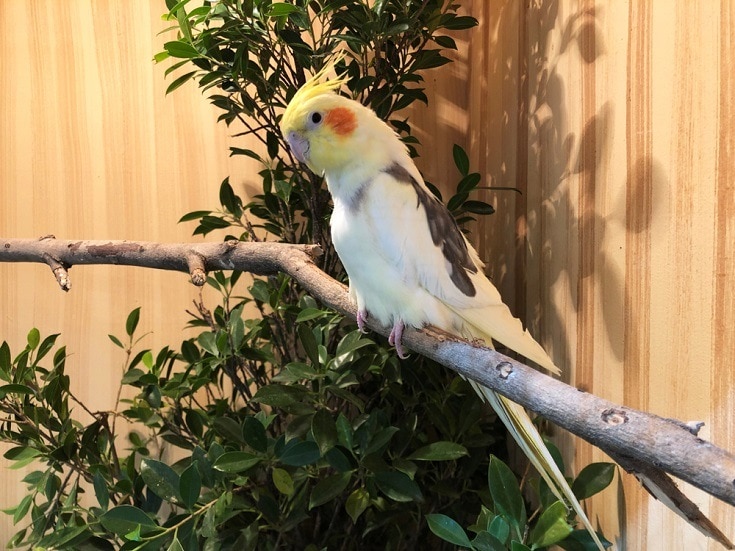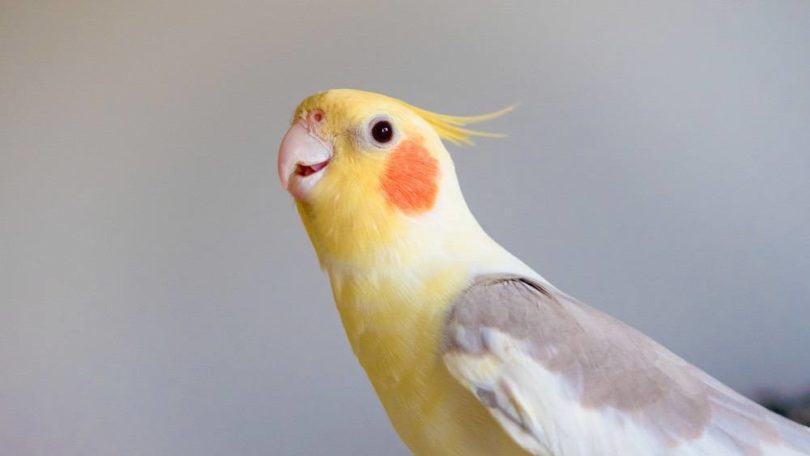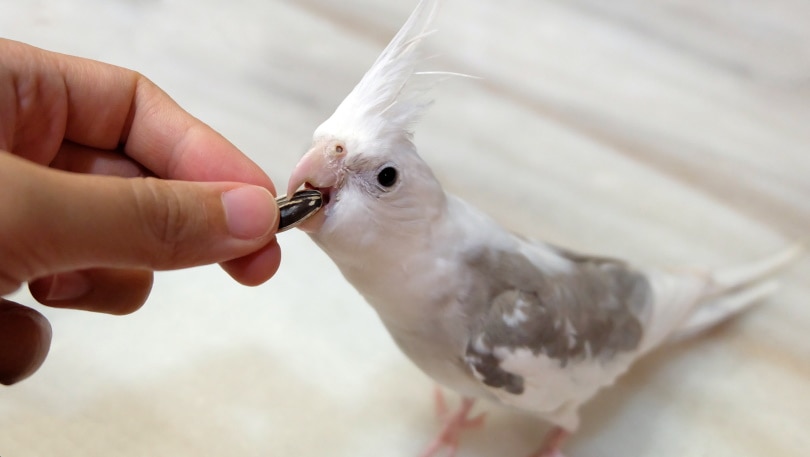
The cockatiel is a very recommended companion bird for beginners and is highly appreciated for its many qualities. If raising and taking care of baby cockatiels without parents is your dream, you’ve come to the right place! Check out our step-by-step tutorial on how to take care of these baby birds to make sure you meet all of their needs.
Before You Start: What You Need to Know
Baby cockatiels require lots of care and attention; they are also quite vocal and messy little birds. Besides, with proper care, they can live for more than 20 years! So, before buying or adopting a baby cockatiel, you need to ask yourself the following questions:
The 8 Tips for Caring for Baby Cockatiels
1. Determine if You Want to Buy or Adopt a Baby Cockatiel

2. Buy a Large Cage
If you plan to adopt a single baby cockatiel, you can put it in a spacious stainless-steel cage of at least 25 inches high x 20 inches wide and 15 inches deep.
If your bird does not have a companion of its kind, put the cage where most of your family’s life takes place: it is crucial for these friendly and affectionate little birds to feel close to you.
Equip the cage with several perches (natural branches will do just fine), lots of toys (bells, swings), bowls for food and water, and cuttlefish bones for calcium.
The cage of your baby cockatiel should be cleaned once a week. That said, you should always make sure that it stays clean by changing the bowls and the bottom of the cage every day. Your cockatiel also needs very good hygiene: bath him once a day minimum. Finally, make sure your bird is not exposed to drafts—this is extremely important!
3. Get Your Baby Cockatiel Used to Your Presence

Sit near your baby cockatiel’s cage every day to get it used to your voice and presence. Talk to it, sing, whistle to him every day. Then, when your baby begins to move closer to you every time you sit by his cage, offer him small treats (usually the most popular is millet, followed by corn and sunflower seeds). After doing this little trick for a few weeks, your cockatiel should be used to eating from your hand.
To do this, carefully open the small door of his cage and show the treat to entice your baby cockatiel to approach your hand. Little by little, your bird will get closer to your hand and start to eat from the palm of your hand in no time.
4. Train Your Baby Cockatiel to Climb on Your Hand
As soon as your baby cockatiel starts to eat from your hand, it’s a sign that he trusts you. You can then teach him more tricks, such as, for example, climbing on your hand and your shoulder. But, again, proceed slowly and with a lot of patience; never try to force your baby to climb on you, or you may lose its trust and get bitten.
Note: For your cockatiel to learn to climb up your shoulder quickly, drop a treat on it and praise your bird as soon as it begins to climb up your arm. However, if your bird starts biting your hand, stop the training and try again later.
5. Be Patient
Give your bird some time to get used to when you bring him home for the first time. If your cockatiel was hand-fed, it might only take a few hours. However, babies who haven’t been socialized will need a couple of days to get used to their surroundings. During their adjustment period, do not handle them but do the daily cleaning procedures and talk to them softly.
If you’re new to the wonderful world of cockatiels, you’ll need a great resource to help your birds thrive. We highly recommend taking a closer look at The Ultimate Guide to Cockatiels, available on Amazon.
This excellent book covers everything from the history, color mutations, and anatomy of cockatiels to expert housing, feeding, breeding, and health care tips.
6. Feed Your Baby Cockatiel a Balanced Diet

Most specialists recommend special dietary pellets that will provide a balanced diet for your baby cockatiel. This food should be supplemented with vegetables (including green vegetables, highly recommended) and fresh fruits. Occasionally you can give unsweetened cereal, such as millet, once a week.
Your baby cockatiel should always have access to fresh water. You can also offer it orange juice or apple juice added to the water. Be sure to include a cuttlefish bone (source of calcium for its bones) and a mineral block in its cage.
Important: Do NOT feed your baby cockatiel the following foods (as this can be toxic to your bird):
7. Teach Your Baby Cockatiel How to Talk and Whistle

Baby cockatiels can learn to talk and whistle as early as eight months old. However, you must be constant in your “lessons”; try to speak to them as often as possible, using simple words that are no more than one or two syllables. Plus, as soon as your baby utters a word or a whistle, offer him a reward right away and praise him!
8. How to Tell if Your Baby Cockatiel Is Sick
It is necessary to regularly check the absence of parasites (beak scab, lice, etc.) and to ensure that your cockatiel’s claws and beak are in good condition. In addition, there are therapeutic perches to ensure proper maintenance of the claws.
Since cockatiels will often hide their illness until it gets really bad, you should watch carefully for signs of disease. Cockatiels that are very sick will sit at the bottom of their cage, puffing up their feathers. The other symptoms that a bird is sick are as follows:
Take your cockatiel to a specialist veterinarian at least every year. Also, you should immediately contact your veterinarian if your cockatiel exhibits any of the signs listed above. Remember that even though it is expensive to take your bird to the vet, it can get sick very quickly, and it is not a good idea to “wait and see” as they are fragile creatures.


Final Thoughts
Caring for baby cockatiels is not that difficult if you are well prepared and aware of their needs. If you adopt or buy your young cockatiel from a reputable breeder and follow the steps outlined in this guide, you should become a master at raising cockatiel chicks in no time!
Featured Image Credit: Anne Stauf, Pixabay








